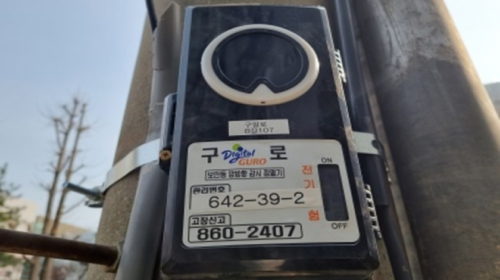Seoul has announced it plans to roll out a city-wide public IoT network by 2023 along with an operating platform at city hall which will act as the control centre.
The Seoul Metropolitan Government (SMG) will use the 421km IoT network to collect data from sensors related to transportation, safety, environment, health, facilities, crime prevention, and disaster.
Core infrastructure
With its IoT network in “every corner of the city”, SMG reports it will form the core infrastructure for efficient management of an increasing variety of IoT services as well as delivery of the “complex services” of a smart city. The new set-up will also enable data transmission between the SMG and its 25 district offices.
Replacing existing mobile networks with the city’s own network (S-Net) is expected to substantially reduce the IoT service fees that have been consistently increasing.
Going forward, the SMG seeks to introduce many different services that can improve Seoul citizens’ quality of life by providing the data to start-ups and research institutes.
Services implemented for Seoulites might include: remote meter readings of water supply through IoT sensors; IoT fire detection through electricity monitoring of traditional markets; and “IoT prevention of dying alone” through motion-detecting sensors in senior single households.
In total, Seoul will install 421km of long-range network (LoRa regional network) of IoT throughout the city by the end of this year. In addition, 1,000 LoRa base stations dedicated to IoT, which relay data by using public facilities, such as community centres, will be installed in 19 districts in 2022 with three more following in 2023.
Three districts – Eunpyeong, Guro, and Seocho – have been earmarked to begin providing test services in safety, administration, and environment sectors this year using the IoT networks.
The three districts will offer different test services: safety management of dangerous facilities in Eunpyeong (safety); a smart lighting system in Guro (administration); and fine dust forecast and warning in Seocho (environment).
SMG reports that 195 LoRa base stations based on S-Net are already installed in the three districts.
“We are expecting a considerable increase in object-to-object communications as well as people-to-people communications in the future,” said Lee Weon-Mok, director general of smart city policy bureau, SMG.
“In this regard, the S-Net will serve as a core infrastructure connecting the whole IoT network in Seoul. Therefore, it will be something beyond mere communication welfare.”
Source: smartcitiesworld.net
Source: IOT NETWORK NEWS





